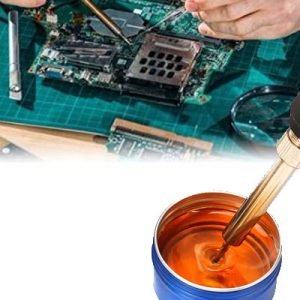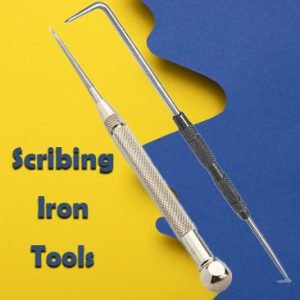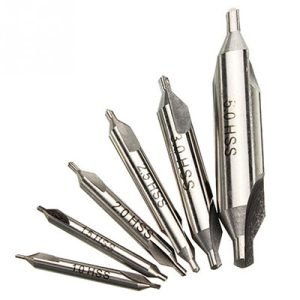Let’s start to know why solder oil is important. Every person has done or observed soldering at least once during the training period or as needed. Soldering is a very versatile field that can be influential in any profession, especially in industry. Using soldering to connect metal parts is one of the most widely used methods, especially in connections related to phones, computers, and robotics boards. One of the questions that users constantly face in this area is how to achieve a more stable and cleaner connection and at the same time with an easier and faster solution. One of the most important tools to help solve these problems is to use the right solder oil.
Soldering oil
Soldering is a process in which two or three metal pieces that can be soldered are joined. Using the soldering iron, a device for soldering, we heat the corresponding metal solder wire with the help of the soldering iron. After heating, the solder wire will melt and stick to the junction of two metals, and immediately the cooling process will take place and the two metals will be connected. Correct soldering ensures that the two connected metals are not easily separated from each other and a strong connection is made. The importance of methods that contribute to the stability of this connection cannot be ignored.
As you know, for the soldering process, other devices are needed such as soldering wire, soldering oil, and Hoya base in addition to the Hoya device.
Solder wire: Solder wire is typically an alloy of tin and lead—the lead present makes soldering a little easier—and comes in a variety of varieties. There are two numbers on the spool of solder wire, which indicate the percentage of tin and lead in the wire. In some tin wires, there is a small percentage of flux oil (a type of solder oil) that makes the work easier for soldering.
Hoya base: It is essential to place a hot hoya to prevent fire risk.
What is solder grease?
Soldering oil is an oil that is highly needed in the soldering profession, and without it, soldering work cannot be performed properly. Different types of this oil contain almost the same ingredients. There are three types of solder oil used in soldering; Solid or thick solder oil (which is created at a very low temperature), semi-liquid or semi-thick solder oil, and liquid or thin solder oil (which is much easier to use). This solder oil is made from a combination of two or three types of oil to leave it in a liquid state. This oil should have compounds that help the conductivity of the oil and not become an obstacle to the connection of metals during soldering. Therefore, soldering oil is made of materials called colophon or rosin, which is a kind of solvent that dissolves waste materials and oxygen in itself, after the soldering place cools, it becomes ineffective and its residue will not cause any problems.

The use of soldering oil in the soldering process
Solder grease increases the humidity of the board and by maintaining the heat, it makes the shape of the solder; Smoothing the surface of the board. It prevents the formation of balls or balls of solder, and soldering is done with better quality. Another basic use of it is to clean the surface of the tip of the hoya. Solder oil is easier to use in melted or liquid form. Another use of solder oil is to clean the circuit from dust, grease, and other contaminants so that when the solder wire is melted and the connection is made, the soldered area is shiny and clean. As the tip of the soldering iron approaches the joint, the soldering oil is removed and correct soldering is done. Also, by dissolving the oxygen generated in the joint, which is caused by heat, it performs the deoxidation process, and this greatly contributes to the durability and strength of the joint.
One of the characteristics of a good semi-thick solder oil is its low melting point because it melts more quickly and creates more permeability. The penetrating power of solder oil makes the joint stronger.
Flux oil is one of the most widely used solder oils available, which has a composition of this oil based on resin; Such as resins, solvents, activators or conductors, solder powder, and the like. In most cases, resin fluxes are used, which help better adhesion and conductivity at the junction of two metals and cleaning of metals; But the fact that it is a little more difficult to clean the surface around the solder area than using liquid flux is considered a negative point, so liquid flux is easier to use. Its most important application is oxidation protection; Also, the best welding point is obtained when soldering using Flux oil. Flux is normally liquid at normal temperature.

What is the difference between solder oil and flux?
The difference between what is known in the market as solder oil and what is called flux is in the additional capabilities of flux. Both solder oil and flux will deoxidize the contact area between the parts and the PCB, also increasing the humidity of the board and maintaining the heat will provide the proper shape of the solder. Flux, in addition to the two mentioned, has reduced soldering time. Of course, it should be noted that in most cases, solder oil is the same as flux.
Other applications of solder oil
In addition to being used in the profession of soldering, solder oil is also used in the art of music; It is used to roughen the surface of the bow to prevent slipping and better control of the musician on the bow, more clarity and prevent the screeching of musical instruments.
Among the other applications of Klifon, which is available in soldering oil, this compound can be used in papermaking, food, paint and coating industries, metal processing, building materials, printing inks, bactericide, glue and seals, electrical equipment, Chemical industry, synthetic rubber pointed out.
What is the substitute for solder grease?
The tin paste is one of the materials used in soldering SMD parts and is a combination of flux, tin powder, and lead. In soldering SMD parts with hot air, it is not possible to use solder wire, and tin paste is used. In these cases, the paste is exposed to heat and infrared rays melt and connect the electronic components to the printed circuit fiber.





